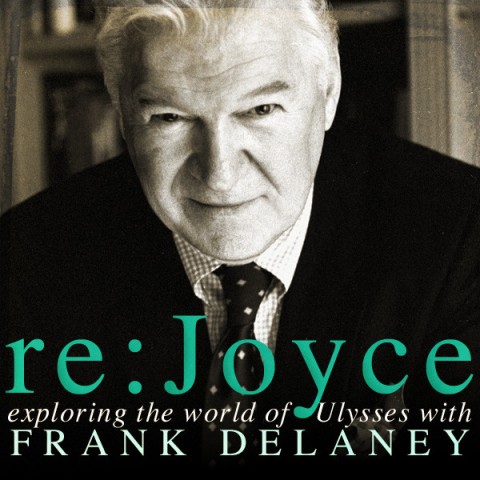Comedian Daniel Tosh, who isn’t known for his sensitivity, to say the least, has a segment on his show Tosh.0 called “Web Redemption” in which he allows people who became the butt of internet jokes to reclaim their dignity. One might refer to the season finale of Jerry Seinfeld’s free web series Comedians in Cars Getting Coffee as something of a “web redemption” for his guest, Michael Richards, Seinfeld’s Kramer. Like Tosh, Richards had a highly-publicized and very ugly moment onstage at the Laugh Factory in response to some hecklers. I can’t say that I’ve felt a lot of sympathy for either of these guys, both raked over the internet’s coals. But does this final episode of Seinfeld’s breezy series redeem Michael Richards? Maybe a little? Well, it’s definitely fun to watch these two reminisce about their Seinfeld days, especially my personal favorite episode, “Kenny Rogers’ Roasters.”
And it’s also very touching. Seinfeld’s loyalty and concern for his friend after that infamous meltdown always seemed genuine, and here Jerry’s generosity of spirit elevates him to something of a personal cheerleader for the ramshackle Richards—represented in this episode by the car Jerry chooses: a rusty, beat-up 1962 VW van that doubles as a pickup. My favorite exchange, hands-down, gives us a glimpse into the two comedians’ souls: Jerry, sage of the everyday, and Richards, the manic absurdist. Richards, a little shy or just clowning around, puts on a wig and dark glasses:
Richards: “you should put on a hat and some sunglasses”
Seinfeld: “Oh, Michael, free yourself. We’re just raindrops on a windshield.”
Richards: “I wanna know who’s wiping me off!”
It’s gotta be the kind of banter you can’t script. Or maybe I choose to believe that. Once they sit down for coffee, Richards really turns it on. He’s a brilliant raconteur—tells the greatest chess story I’ve ever heard. No spoilers; you’ve got to see it. Maybe it redeems him just a little–you decide.
Josh Jones is a doctoral candidate in English at Fordham University and a co-founder and former managing editor of Guernica / A Magazine of Arts and Politics.





